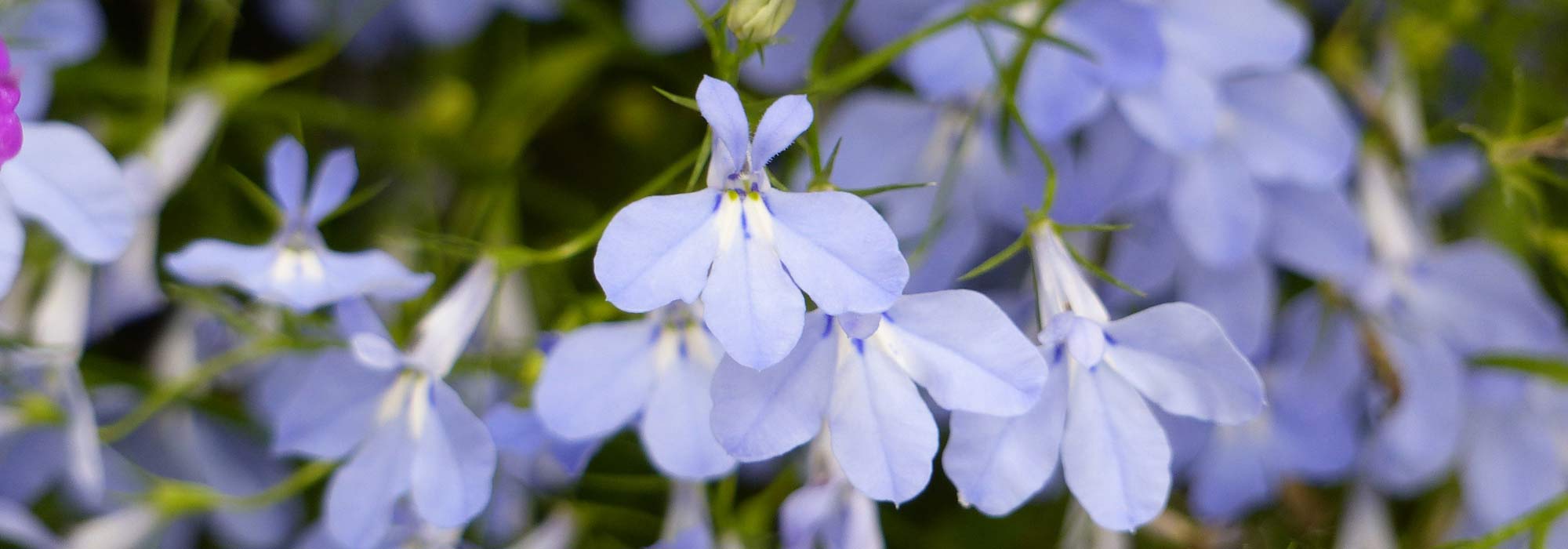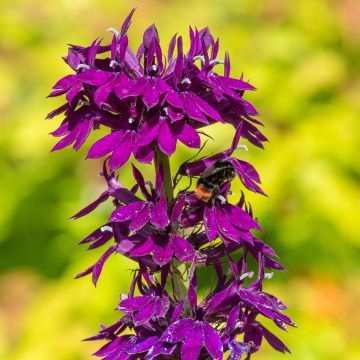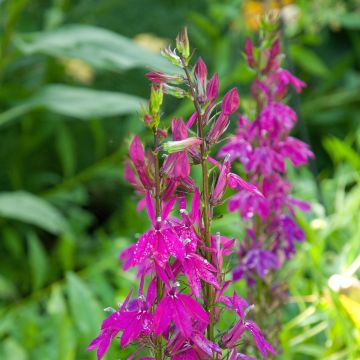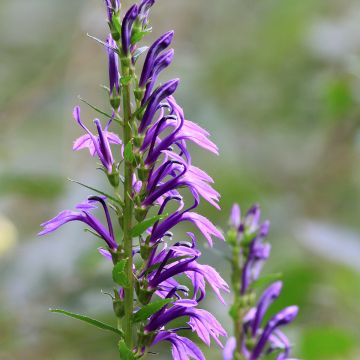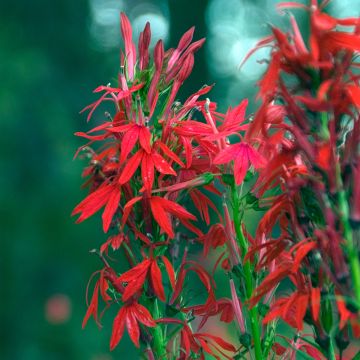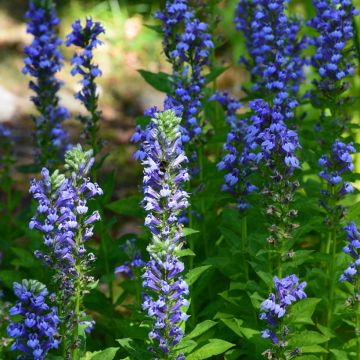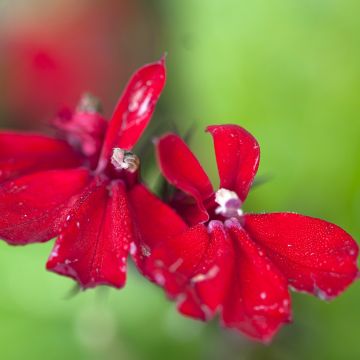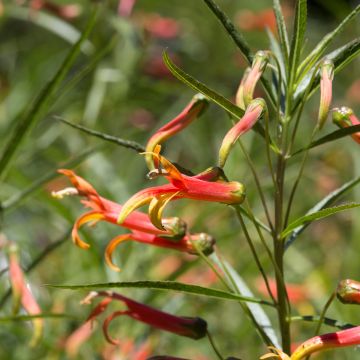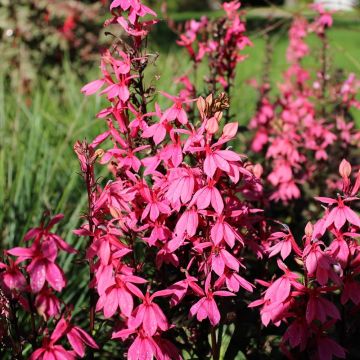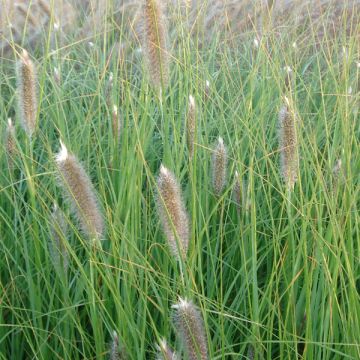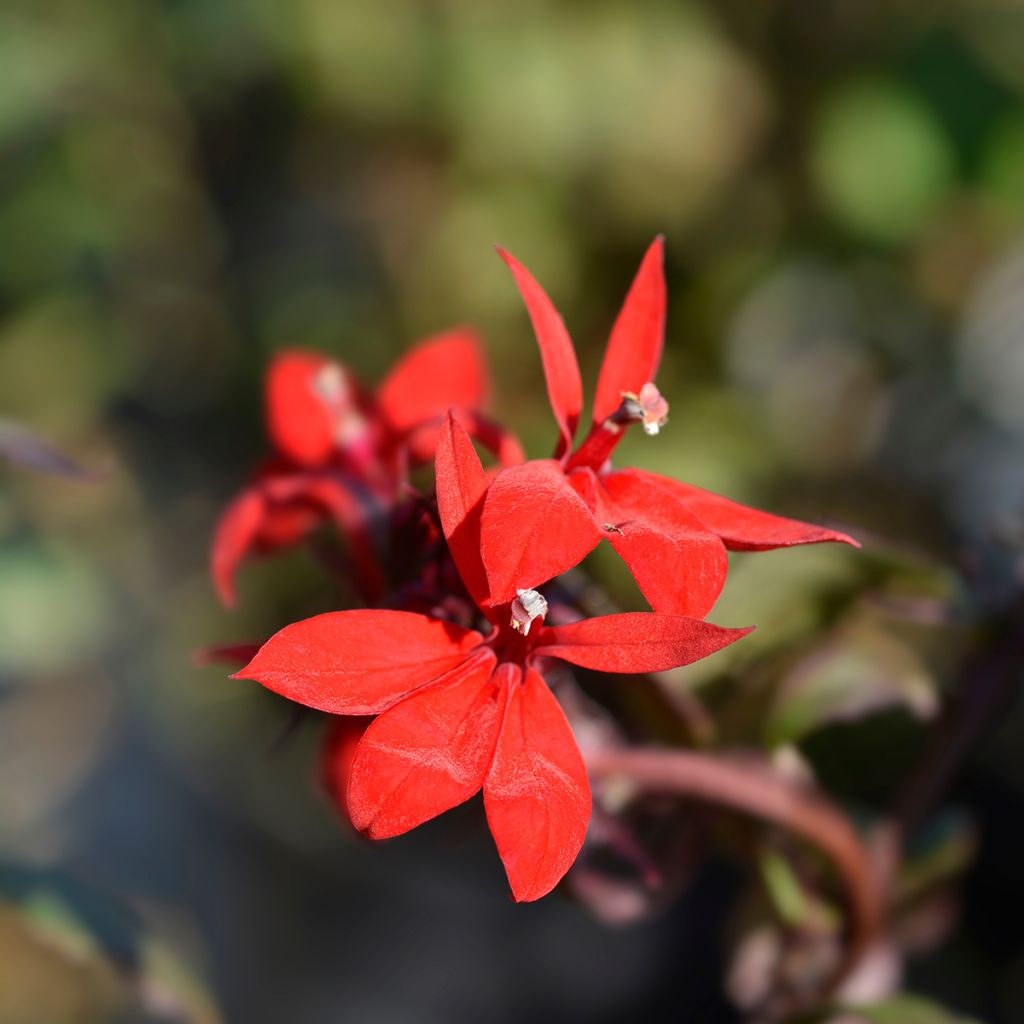

Lobelia speciosa Starship Scarlet
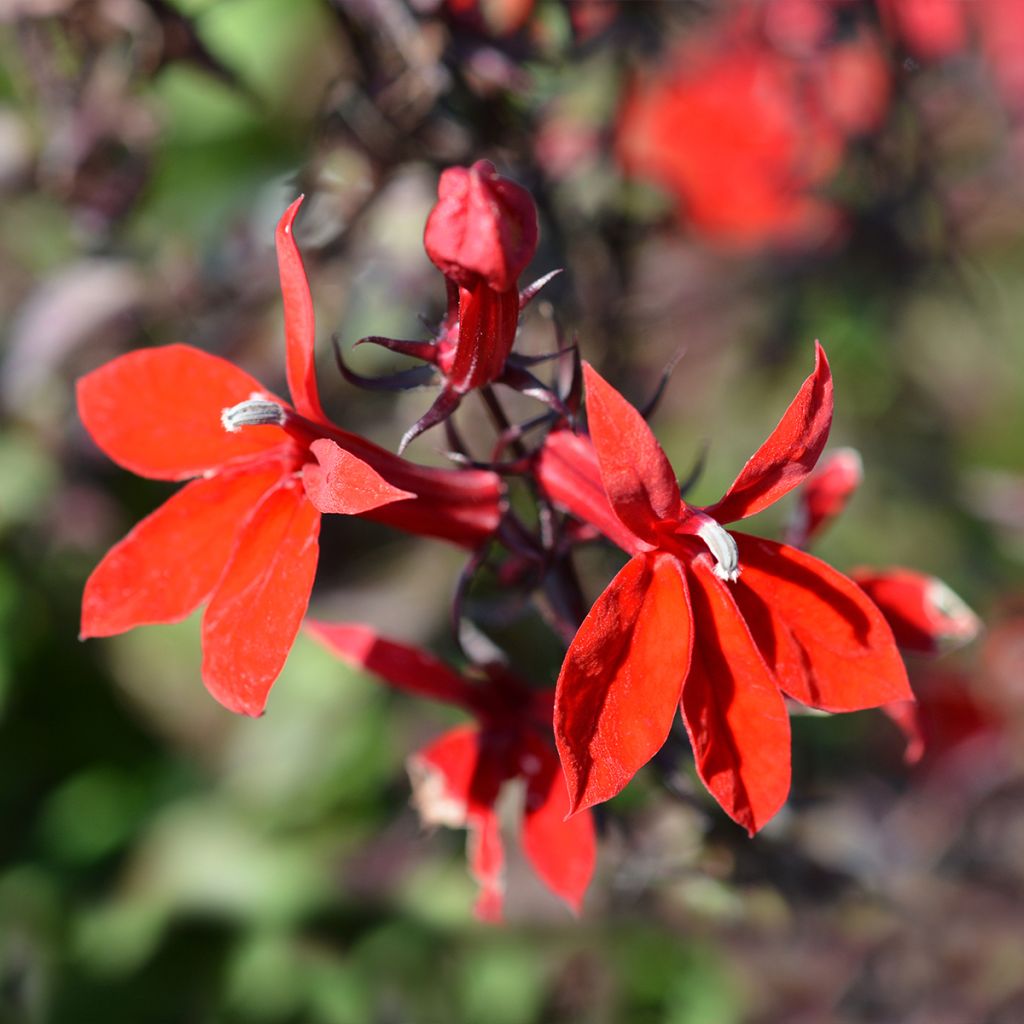

Lobelia speciosa Starship Scarlet
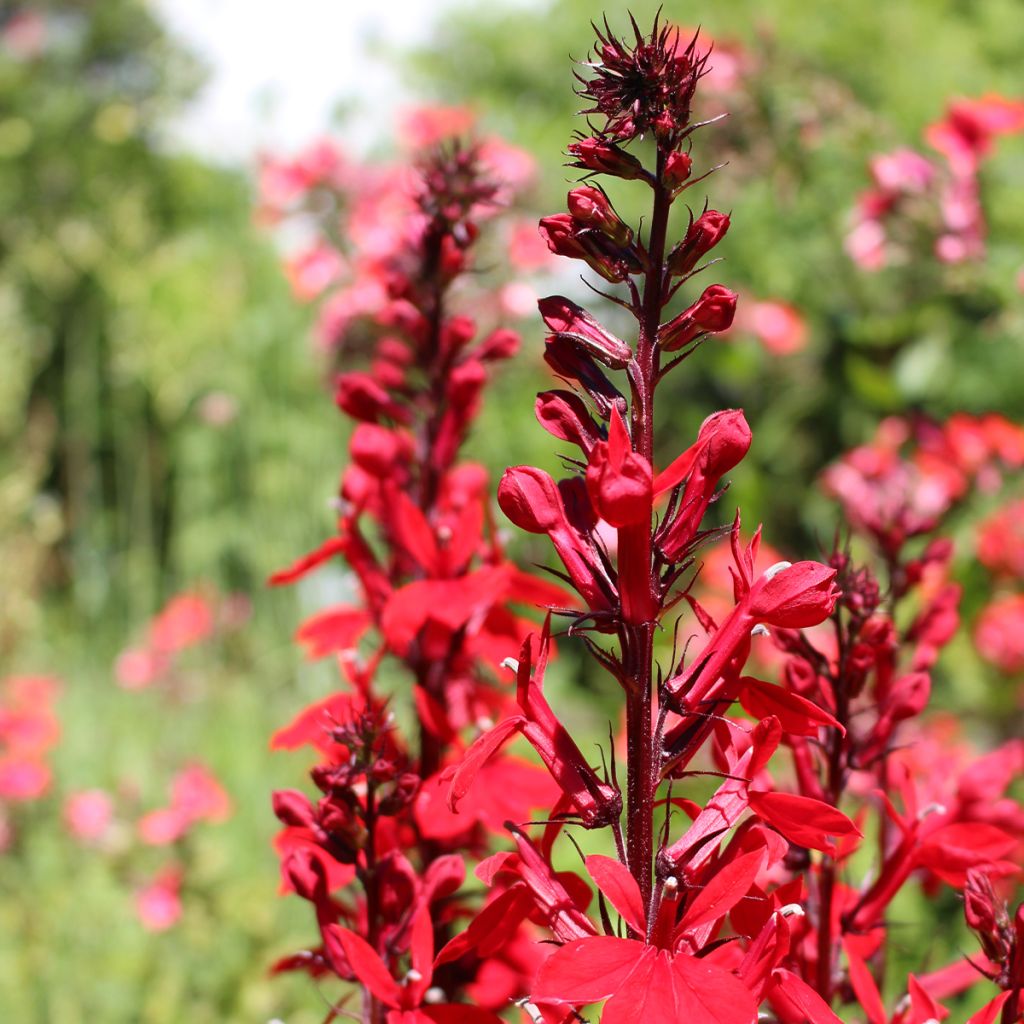

Lobelia speciosa Starship Scarlet
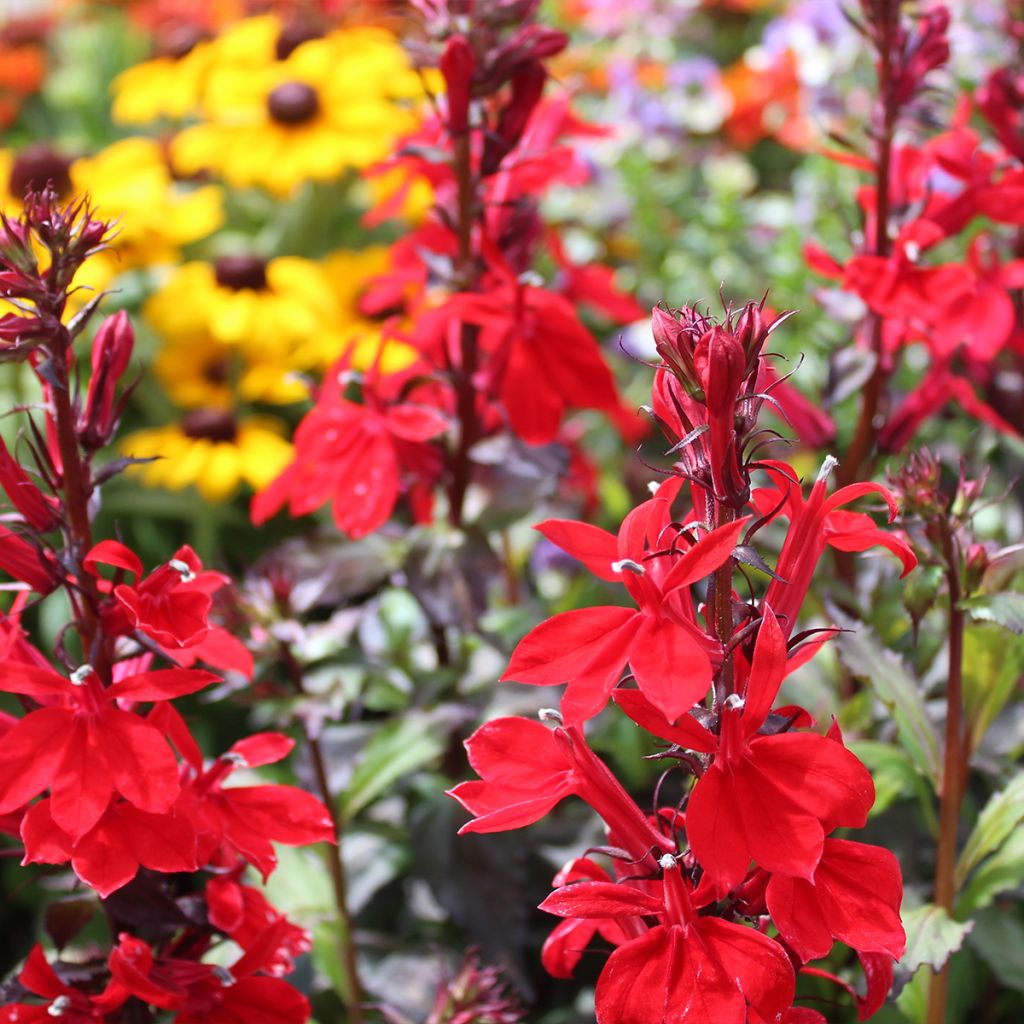

Lobelia speciosa Starship Scarlet
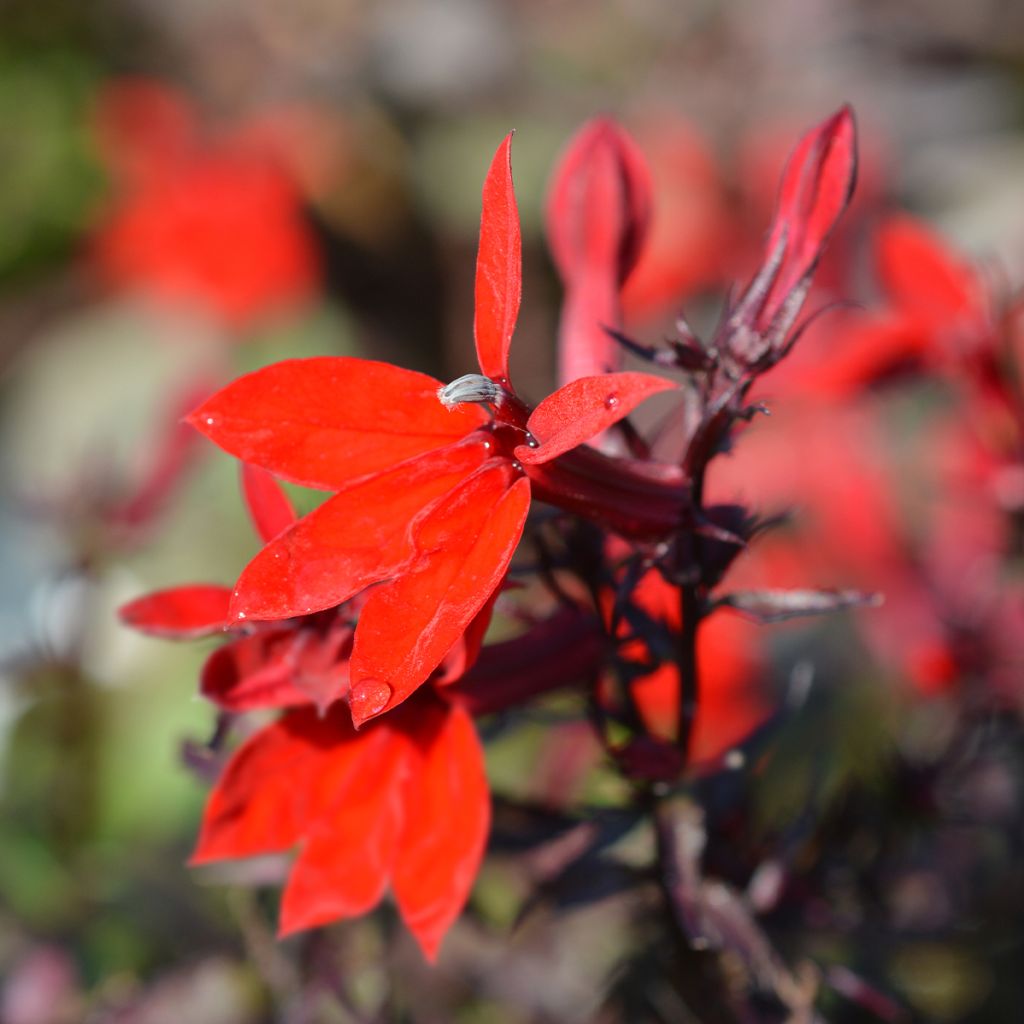

Lobelia speciosa Starship Scarlet
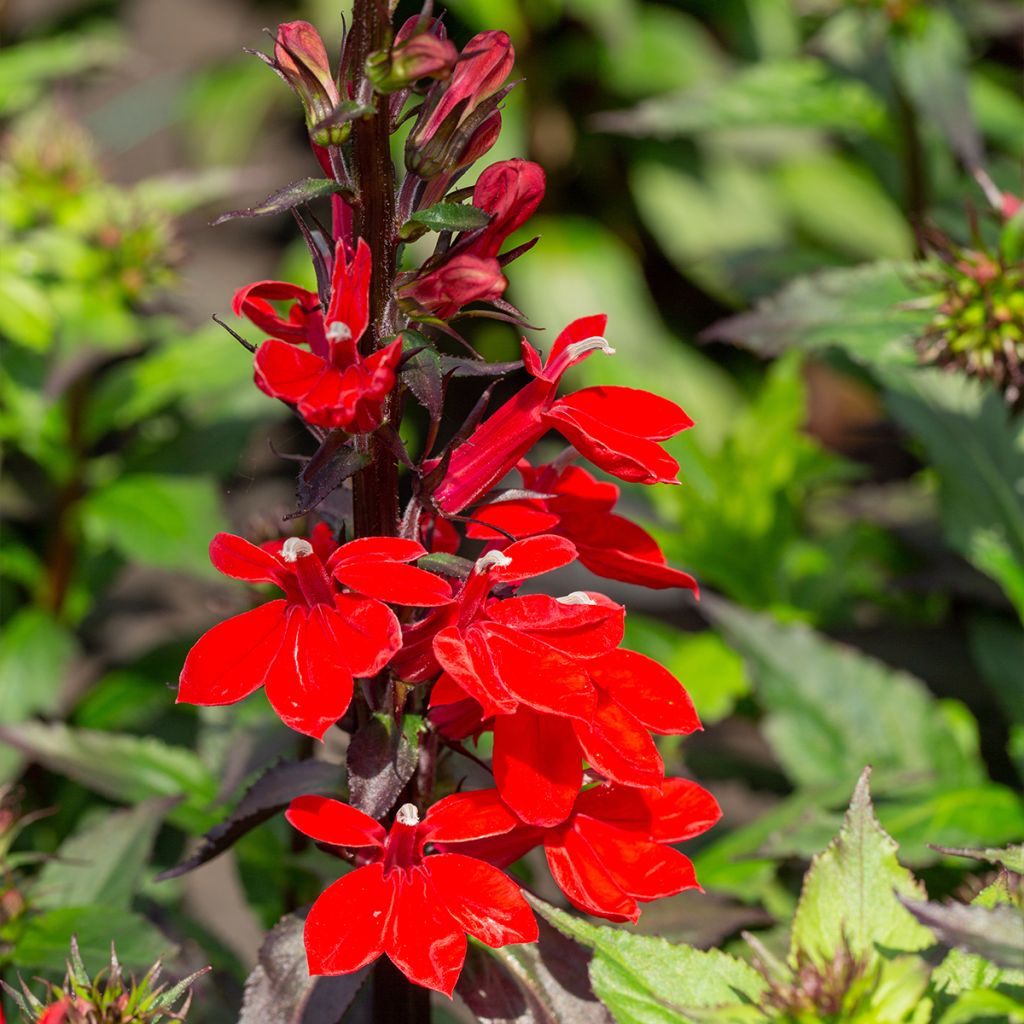

Lobelia speciosa Starship Scarlet
Lobelia speciosa Starship Scarlet
Lobelia x speciosa Starship Scarlet
Garden Lobelia, Cardinal Flower
Special offer!
Receive a €20 voucher for any order over €90 (excluding delivery costs, credit notes, and plastic-free options)!
1- Add your favorite plants to your cart.
2- Once you have reached €90, confirm your order (you can even choose the delivery date!).
3- As soon as your order is shipped, you will receive an email containing your voucher code, valid for 3 months (90 days).
Your voucher is unique and can only be used once, for any order with a minimum value of €20, excluding delivery costs.
Can be combined with other current offers, non-divisible and non-refundable.
Home or relay delivery (depending on size and destination)
Schedule delivery date,
and select date in basket
This plant carries a 12 months recovery warranty
More information
We guarantee the quality of our plants for a full growing cycle, and will replace at our expense any plant that fails to recover under normal climatic and planting conditions.
Would this plant suit my garden?
Set up your Plantfit profile →
Description
The Lobelia x speciosa Starship Scarlet is part of a new generation of earlier hybrids, with an upright, narrow habit and well-branched growth, boasting abundant flowering. This colourful plant forms a cluster of purple-chocolate leafy stems that culminate in spikes of very bright red flowers from the first summer onwards. Generous and short-lived, this perennial is ideal for flowering in wet areas or near water points. It can also be grown in a pot, ensuring frequent watering.
The Lobelia x speciosa Starship Scarlet is a plant from the campanula family, originating from horticultural species. Derived from American species Lobelia cardinalis, L. splendens and L. siphilitica, this herbaceous perennial with a short lifespan (around 3 years) easily perpetuates by dividing the stumps every two years. The 'Starship Scarlet' variety forms a bushy and upright clump, 60 cm (24in) tall and 40 cm (16in) wide. Unlike most hybrid lobelias, this plant stands very upright and its stems are quite sturdy. It also stands out for its quick flowering and blossoms appearing as early as July. Its beautiful oblong foliage, with dentate margins, is glossy and sometimes slightly tinged with purple depending on the season. It is carried by dark-coloured stems that enhance the flower's colour. Each stem branches out and bears long, erect spikes adorned with very unique tubular corolla flowers, somewhat resembling soft-winged butterflies; each, 5 cm (2in) long, consists of 2 lips, the upper lip being bilabiate and the lower lip trilobed.
The Lobelia speciosa Starship Scarlet is a plant that thrives in damp to moist soil, ideal for embellishing the banks of water points, but also very beautiful in a bed where the soil remains cool in summer. In this usage, it can be paired with vernonias, the African Corn Lilies, white or pink hastate vervains, or Virginia mountain mints. This variety will also look stunning accompanied by grey or purple foliage in a tall bed. Plants such as Artemisia lactiflora, Carex granularis, or Hosta 'Lacy Belle' will provide the silver or bluish touch that forms a magnificent setting for its vibrant colours.
Lobelia speciosa Starship Scarlet in pictures
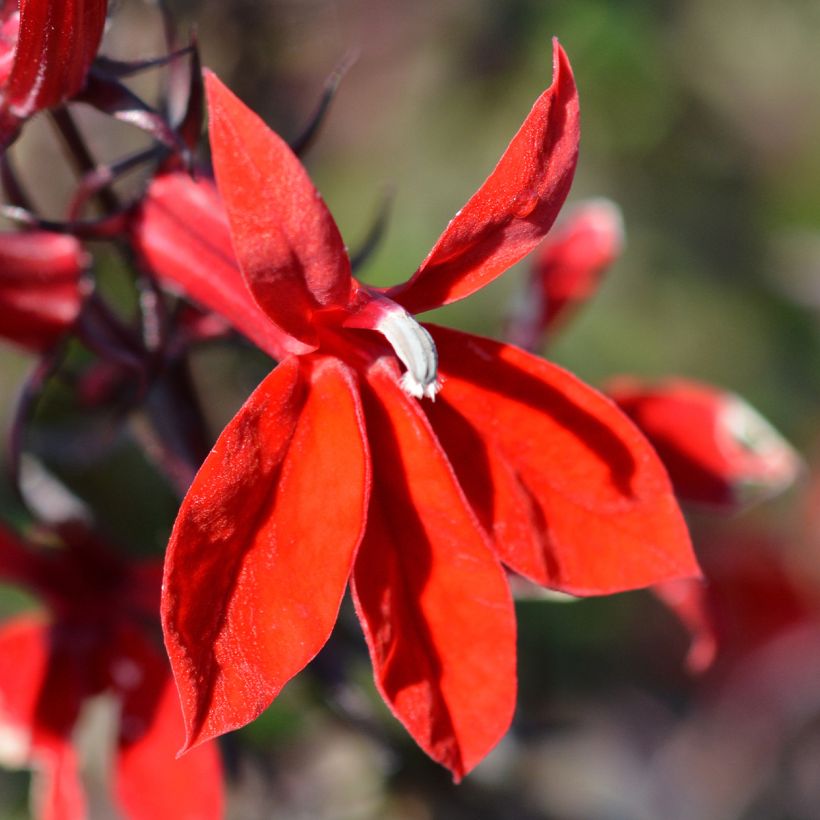

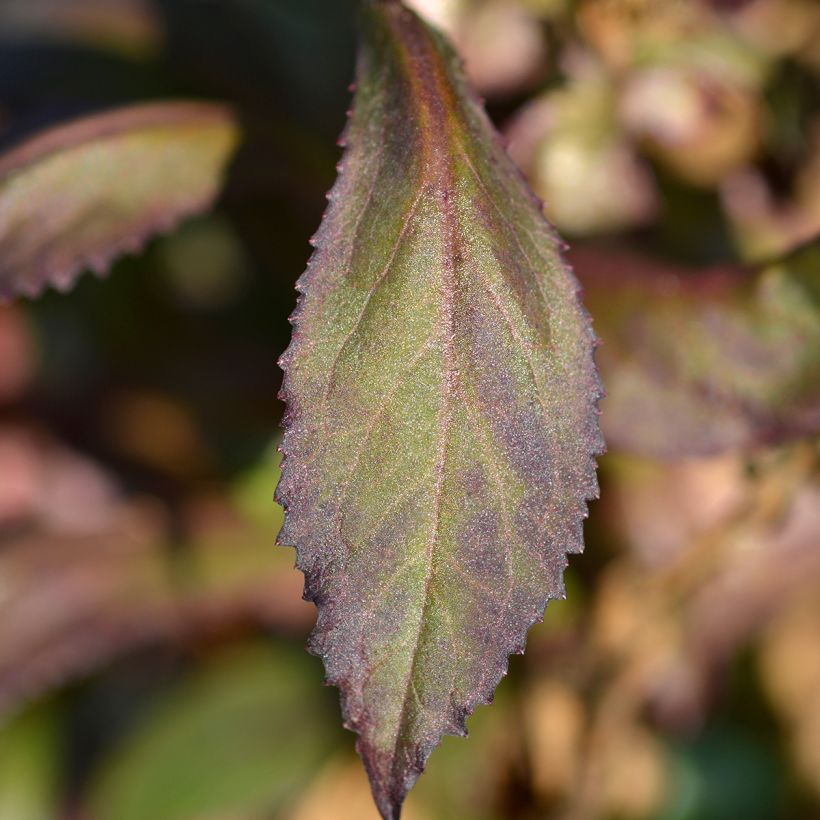

Flowering
Foliage
Plant habit
Botanical data
Lobelia
x speciosa
Starship Scarlet
Campanulaceae
Garden Lobelia, Cardinal Flower
Cultivar or hybrid
Other Lobelia
View all →Planting and care
Plant the Lobelia x speciosa in a rather sunny exposure, in moist to wet soil and not too chalky. It actually fears winter humidity more than the cold. But since it requires moist soil in summer, it is preferable to overwinter it in regions with heavy frost. Some varieties see their stumps hollow out and rot in winter. To preserve and perpetuate them for many years, it is necessary to divide the stumps every 2 to 3 years, preferably in spring. Thus rejuvenated, they will be your companions for life. All hybrid lobelias are deciduous and their foliage completely disappears in winter.
Planting period
Intended location
Care
Planting & care advice
This item has not been reviewed yet - be the first to leave a review about it.
Similar products
Haven't found what you were looking for?
Hardiness is the lowest winter temperature a plant can endure without suffering serious damage or even dying. However, hardiness is affected by location (a sheltered area, such as a patio), protection (winter cover) and soil type (hardiness is improved by well-drained soil).

Photo Sharing Terms & Conditions
In order to encourage gardeners to interact and share their experiences, Promesse de fleurs offers various media enabling content to be uploaded onto its Site - in particular via the ‘Photo sharing’ module.
The User agrees to refrain from:
- Posting any content that is illegal, prejudicial, insulting, racist, inciteful to hatred, revisionist, contrary to public decency, that infringes on privacy or on the privacy rights of third parties, in particular the publicity rights of persons and goods, intellectual property rights, or the right to privacy.
- Submitting content on behalf of a third party;
- Impersonate the identity of a third party and/or publish any personal information about a third party;
In general, the User undertakes to refrain from any unethical behaviour.
All Content (in particular text, comments, files, images, photos, videos, creative works, etc.), which may be subject to property or intellectual property rights, image or other private rights, shall remain the property of the User, subject to the limited rights granted by the terms of the licence granted by Promesse de fleurs as stated below. Users are at liberty to publish or not to publish such Content on the Site, notably via the ‘Photo Sharing’ facility, and accept that this Content shall be made public and freely accessible, notably on the Internet.
Users further acknowledge, undertake to have ,and guarantee that they hold all necessary rights and permissions to publish such material on the Site, in particular with regard to the legislation in force pertaining to any privacy, property, intellectual property, image, or contractual rights, or rights of any other nature. By publishing such Content on the Site, Users acknowledge accepting full liability as publishers of the Content within the meaning of the law, and grant Promesse de fleurs, free of charge, an inclusive, worldwide licence for the said Content for the entire duration of its publication, including all reproduction, representation, up/downloading, displaying, performing, transmission, and storage rights.
Users also grant permission for their name to be linked to the Content and accept that this link may not always be made available.
By engaging in posting material, Users consent to their Content becoming automatically accessible on the Internet, in particular on other sites and/or blogs and/or web pages of the Promesse de fleurs site, including in particular social pages and the Promesse de fleurs catalogue.
Users may secure the removal of entrusted content free of charge by issuing a simple request via our contact form.
The flowering period indicated on our website applies to countries and regions located in USDA zone 8 (France, the United Kingdom, Ireland, the Netherlands, etc.)
It will vary according to where you live:
- In zones 9 to 10 (Italy, Spain, Greece, etc.), flowering will occur about 2 to 4 weeks earlier.
- In zones 6 to 7 (Germany, Poland, Slovenia, and lower mountainous regions), flowering will be delayed by 2 to 3 weeks.
- In zone 5 (Central Europe, Scandinavia), blooming will be delayed by 3 to 5 weeks.
In temperate climates, pruning of spring-flowering shrubs (forsythia, spireas, etc.) should be done just after flowering.
Pruning of summer-flowering shrubs (Indian Lilac, Perovskia, etc.) can be done in winter or spring.
In cold regions as well as with frost-sensitive plants, avoid pruning too early when severe frosts may still occur.
The planting period indicated on our website applies to countries and regions located in USDA zone 8 (France, United Kingdom, Ireland, Netherlands).
It will vary according to where you live:
- In Mediterranean zones (Marseille, Madrid, Milan, etc.), autumn and winter are the best planting periods.
- In continental zones (Strasbourg, Munich, Vienna, etc.), delay planting by 2 to 3 weeks in spring and bring it forward by 2 to 4 weeks in autumn.
- In mountainous regions (the Alps, Pyrenees, Carpathians, etc.), it is best to plant in late spring (May-June) or late summer (August-September).
The harvesting period indicated on our website applies to countries and regions in USDA zone 8 (France, England, Ireland, the Netherlands).
In colder areas (Scandinavia, Poland, Austria...) fruit and vegetable harvests are likely to be delayed by 3-4 weeks.
In warmer areas (Italy, Spain, Greece, etc.), harvesting will probably take place earlier, depending on weather conditions.
The sowing periods indicated on our website apply to countries and regions within USDA Zone 8 (France, UK, Ireland, Netherlands).
In colder areas (Scandinavia, Poland, Austria...), delay any outdoor sowing by 3-4 weeks, or sow under glass.
In warmer climes (Italy, Spain, Greece, etc.), bring outdoor sowing forward by a few weeks.






























